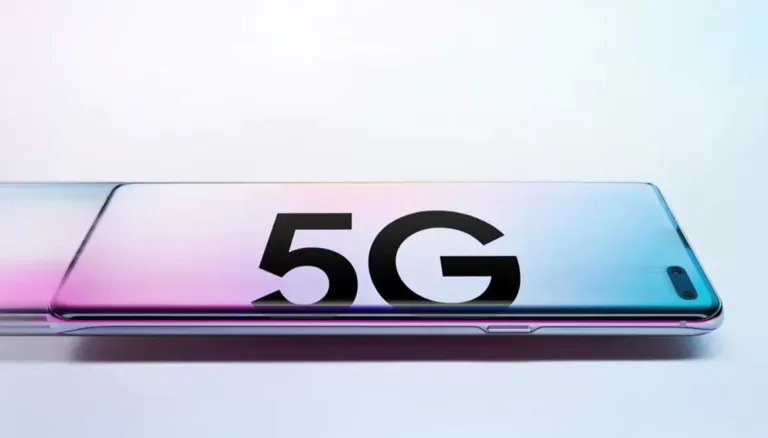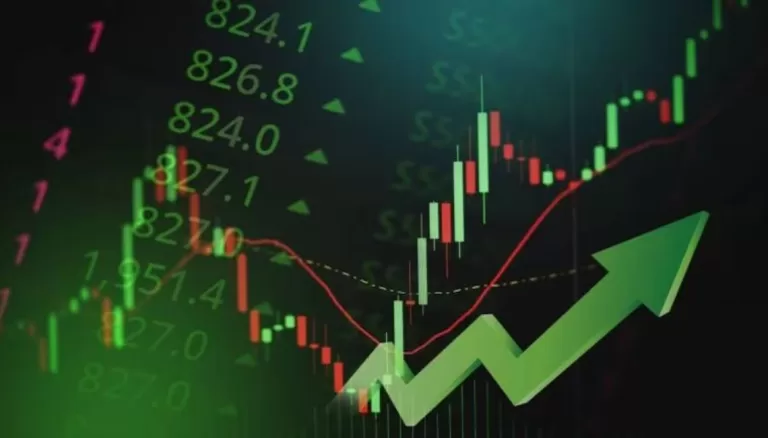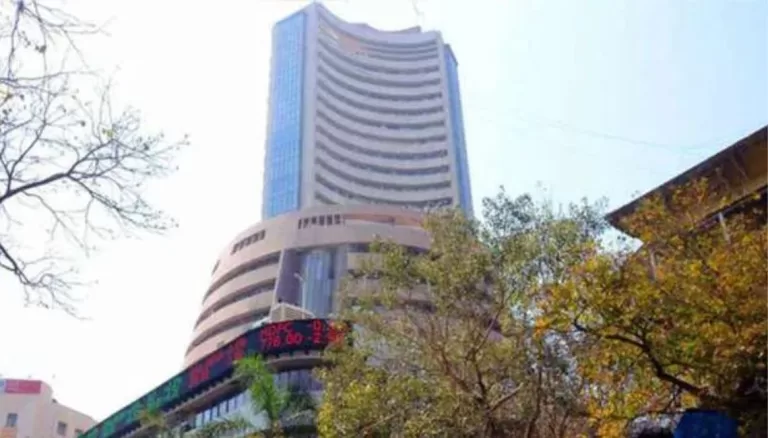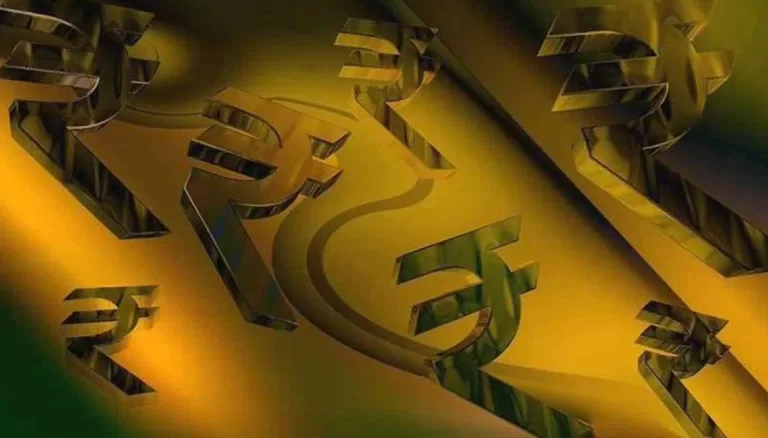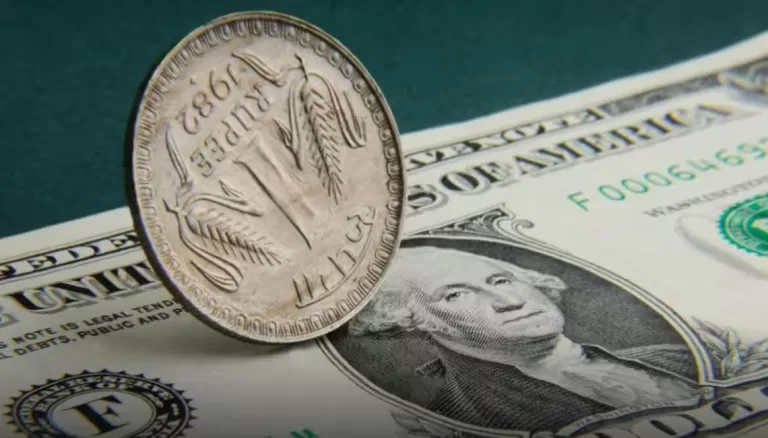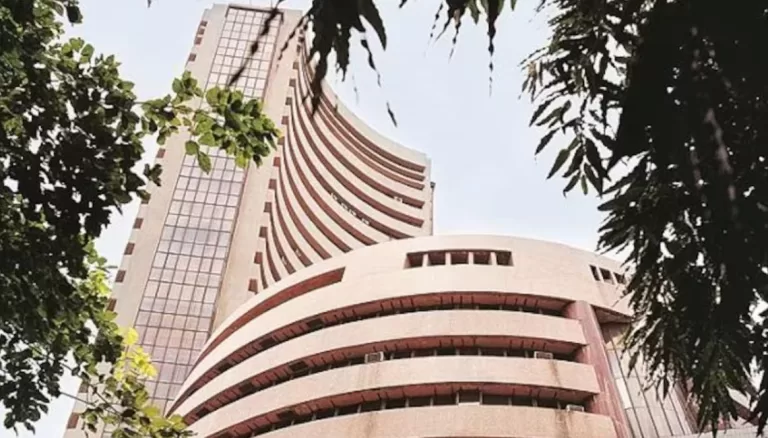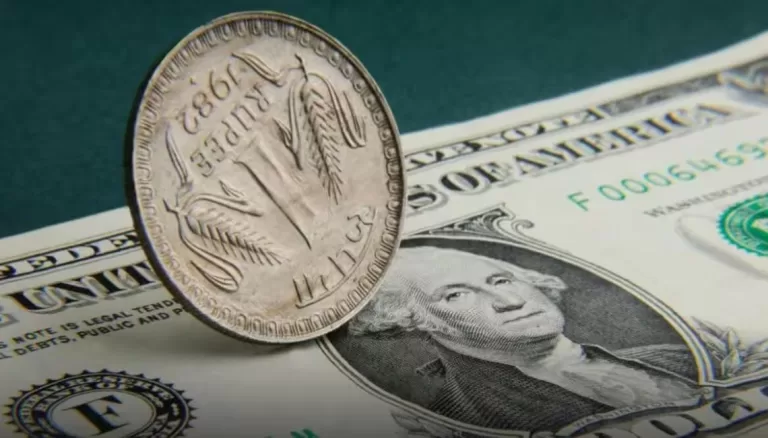Hyderabad has seen a notable double-digit increase in smartphone demand during the holiday season, with sales of phones costing between Rs. 10K and Rs. 20K significantly rising as a result of the 5G upgrade.
Telangana is one of the top-performing regions for 5G smartphone sales, with a rise of more than 60% during the holiday season. The segment selling smartphones for Rs. 30K and above also saw a 65% growth in October 2023, according to a report by Amazon.in.
The notable increase in sales can be ascribed to Amazon’s Great Indian Sale, free interest payments, and exchange promotions.
Top bestseller smartphones in Hyderabad, per the Amazon report.The iPhone 13, Samsung Galaxy M14 5G, Redmi 12 5G, OnePlus Nord CE 3 lite 5G, and OnePlus 11R 5G are among them.
According to the report, Telangana has experienced a twofold increase in television sales during the same period. Telangana is the state with the fastest rate of growth on Amazon India in 2023. Hyderabad is one of the top three cities in India for TV sales, according to Amazon.in, which also revealed Telangana as the top-ranked state in Q3 2023.
In the Telangana region, the most favored brands for televisions are Sony, Samsung, and LG.
At the Indian Institute of Technology, Hyderabad, on Thursday, customers were able to catch a preview of the Amazon Great Indian Festival 2023 through the “Amazon Xperience Arena” (AXA). At this showcase, consumers, influencers, and the media had the opportunity to interact with and experience their favorite products and brands.


